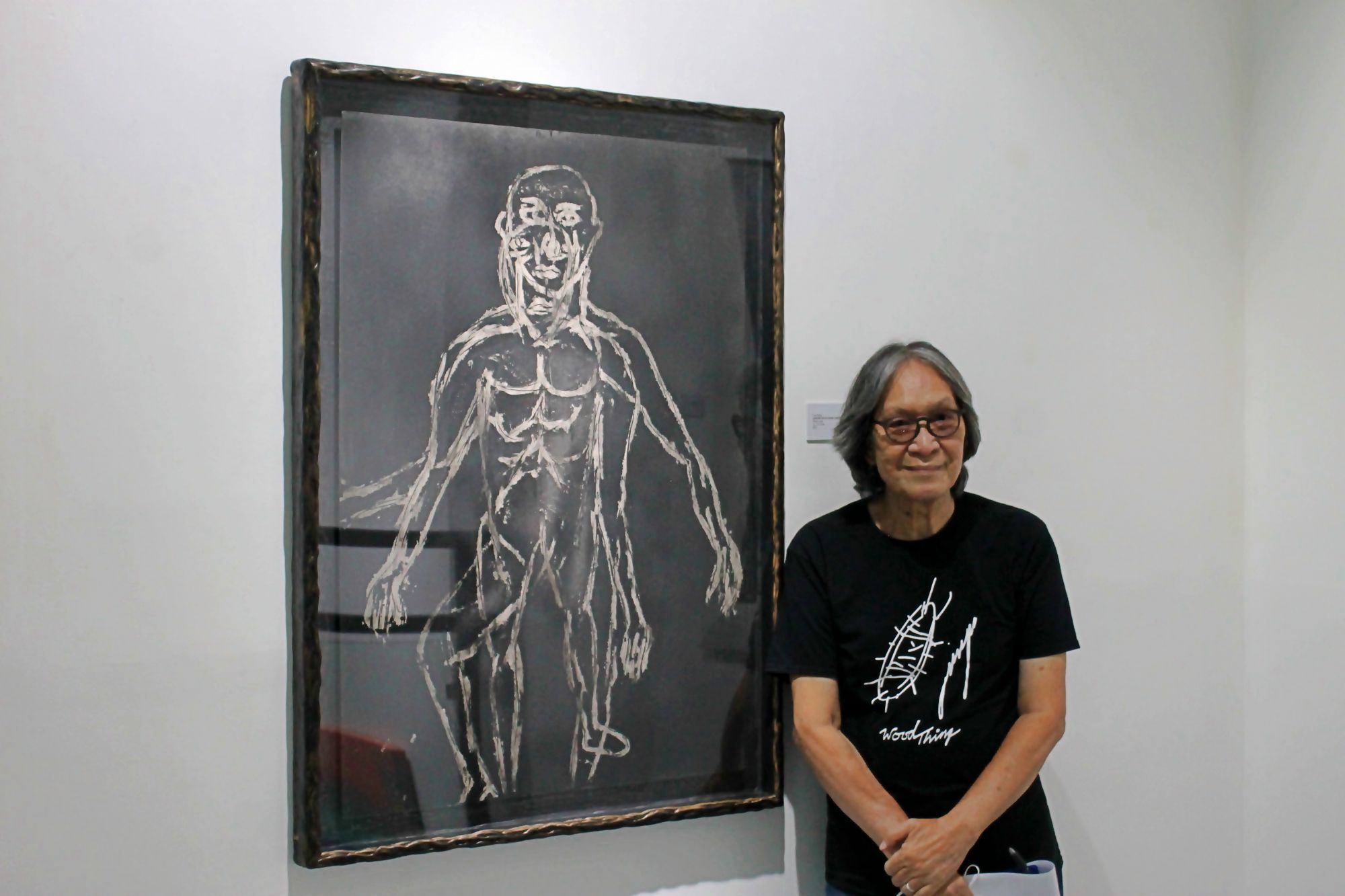By pioneering a form that paved way for a renewed art appreciation in the country, Junyee has become a creative force to be reckoned with since the 1970s.
In celebration of his presence in the local arts scene for over 50 years, the so-called "Tatay" (Father) of many artists today took a visit to an exhibition dedicated to his legacy. Together, we looked back at some of his important milestones, his insights, and realisations that he wants to impart to the new breed of artists.

Luis Enano Yee Jr., who is more commonly known by his pseudonym Junyee, has been based in Los Baños, Laguna for most of his active creative life. He is the first of his generation of artists who braved mounting an exhibition of works made out of indigenous materials and in a wide scope of areas. Being the father of Installation Art and Indigenous Art in the country, nature was both his canvas and material. At the height of Modernism challenging the so-called "school of Amorsolo" to best express the tumultuous socio-political period of the time, Junyee emerged as a social realist artist fighting for the preservation and conservation of the environment and a voice of the oppressed by the dictatorial regime.
Born in Agusan del Norte in 1942, Junyee moved to Metro Manila to study Fine Arts at the University of the Philippines (UP) Diliman. One of his mentors was Napoleon Abueva, who was dubbed the Father of Modern Philippine Sculpture and was later conferred as a National Artist. His Mindanaoan heritage has been evident in his art even today, and perhaps, it was one of the key things that made him break conventional and conservative art forms and use organic and indigenous materials for his site-specific works.
"I was born an artist," he said when I asked him how his passion for the arts came about. "My early memories [include me] making drawings," he recalled. "I joined my first art competition at a school art contest when I was nine years old, and I won first prize." Junyee attributes Michaelangelo, the renowned Italian artist from the Renaissance period as his most influential teacher. "[But] I was not influenced by his works. Instead, of his passion in doing them," he said. Indeed, Michaelangelo and Junyee share the same relentless spirit. Both made gargantuan masterpieces with such intensity and emotions, defying the conventions of art, as well as the powerful individuals in control of the people, of their eras. "But my constant teacher is nature," the artist quickly said, picking up memories from the farthest corners of his mind. Indeed, he made a mark in the country's contemporary art scene by building installations that are made of, inspired by, and speaks for, the environment.
More From Tatler: Purita Kalaw-Ledesma: The Woman Who Changed The History Of Philippine Art
















